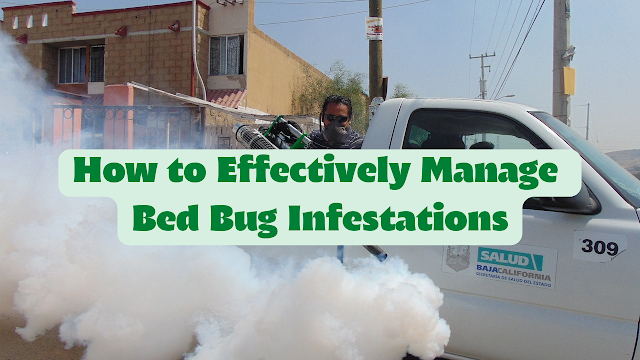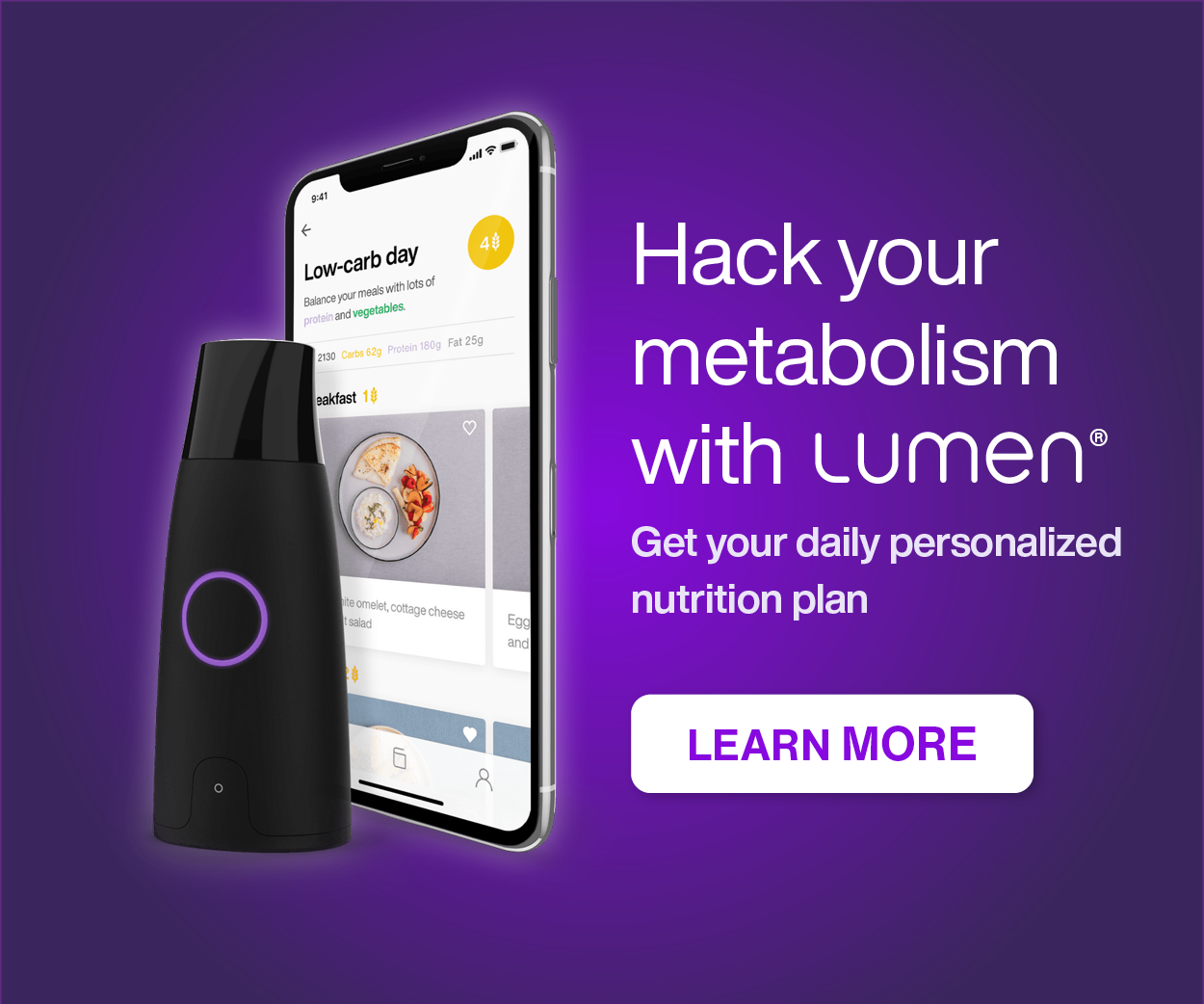How to Effectively Manage Bed Bug Infestations
Bed bugs are tiny, reddish-brown insects that feed on the
blood of humans and animals. They are a growing problem in many parts of the
world, and can be difficult to get rid of once they have taken up residence in
your home. In this article, we will outline some of the best ways to manage bed
bug infestations and keep your home free from these pesky pests.
Identifying Bed Bugs
The first step in managing bed bug infestations is to
identify the problem. Bed bugs are small and can be difficult to see with the
naked eye. However, there are some signs that you can look for that can help
you determine if you have a bed bug problem. These include:
- Small,
reddish-brown insects, about the size of an apple seed
- Tiny,
black fecal spots on sheets and mattresses
- A
musty odor in the area where the bed bugs are present
If you suspect that you have a bed bug infestation, it is
important to act quickly. Bed bugs can multiply quickly, and a small problem
can quickly become a larger one if not dealt with in a timely manner.
Preventing Bed Bugs
The best way to manage bed bug infestations is to prevent
them from happening in the first place. Preventing bed bugs from entering your home is the best approach to managing bed bug infestations.There are a number of steps that you
can take to reduce the risk of bed bugs in your home, including:
Regularly inspect your home for signs of bed bugs:
Inspect your home on a regular basis for any signs of bed bugs. Look for any small, reddish-brown insects, tiny black fecal spots, or a musty odor in the area where bed bugs are present.
Vacuum regularly:
Regularly vacuum your home to remove any bed bugs or their eggs. Pay special attention to cracks and crevices in your home, as bed bugs often hide in these areas.
Keep your home clean and free from clutter:
Bed bugs thrive in cluttered environments, so it's important to keep your home clean and free from clutter. This makes it easier to detect and treat any infestations.
Seal cracks and crevices:
Seal any cracks or crevices in your home where bed bugs could enter. This includes sealing any gaps around pipes, electrical outlets, and baseboards.
Use bed bug-proof covers:
Use bed bug-proof covers for your mattress and box spring. These covers are designed to prevent bed bugs from infesting your bed.
By taking these preventative measures, you can greatly reduce the risk of bed bugs entering your home. However, it's important to note that even the most diligent prevention efforts may not always be enough to completely prevent bed bugs. If you suspect that you have a bed bug infestation, it's important to act quickly and use effective treatments to get rid of the pests.
Treating Bed Bugs
Treating bed bug infestations can be a difficult and time-consuming process. If you have a bed bug infestation, it's important to act quickly to prevent the pests from spreading. There are a number of
treatments that you can use to get rid of the pests. Some of the most effective
treatments for getting rid of bed bugs include:
Heat treatments:
As mentioned, bed bugs are highly sensitive to heat, and professional heat treatments can be an effective way to kill them.
Chemical treatments:
There are a variety of chemical treatments available that can be used to kill bed bugs. Some of the most popular products include insecticide sprays and dusts, such as Temprid FX and Cimexa Insecticide Dust. Insect growth regulators (IGRs) are also effective at controlling bed bug populations by preventing the bugs from reproducing. One example of an IGR product is NyGuard IGR Concentrate.
Vacuuming:
Regular vacuuming can help to remove bed bugs and their eggs from your home. Use a vacuum with a HEPA filter and a crevice tool to vacuum up bed bugs and their eggs from cracks and crevices in your furniture, walls, and floors. Be sure to immediately dispose of the vacuum bag or contents in a sealed plastic bag to prevent bed bugs from escaping.
Steam cleaning:
Steam cleaning is another effective way to kill bed bugs and their eggs. High-temperature steam kills bed bugs by denaturing their proteins and destroying their eggs. One popular brand of steam cleaner for bed bugs is the Dupray Neat Steam Cleaner.
Also there are a variety of effective products available that can help get rid of bed bugs.
Here are some of the most effective products for treating bed bugs:
Insecticides:
Insecticides are one of the most commonly used products for treating bed bugs. There are many different types of insecticides available, including sprays, dusts, and aerosols. Some of the most effective insecticides for bed bugs include products containing pyrethroids such as deltamethrin, lambda-cyhalothrin, and cyfluthrin. These products are typically available at hardware and home improvement stores.
Bed bug traps:
Bed bug traps are another effective product for treating bed bugs. These traps use attractants such as carbon dioxide to lure bed bugs into the trap, where they become stuck and unable to escape. One popular brand of bed bug trap is the Climbup Insect Interceptor.
Steam cleaners:
Steam cleaners are a chemical-free option for treating bed bugs. The high temperature of the steam kills the bugs and their eggs, and can be used on a variety of surfaces, including mattresses, furniture, and baseboards.
Mattress encasements:
Mattress encasements are a product that can help prevent bed bugs from infesting your bed. They are designed to completely encase your mattress and box spring, preventing bed bugs from entering or escaping.
Diatomaceous earth:
Diatomaceous earth is a non-toxic powder that can be used to treat bed bugs. It works by dehydrating the bugs and their eggs, and can be applied to cracks and crevices where bed bugs hide.
When using any product to treat bed bugs, it's important to carefully follow the instructions on the label to ensure that the product is used safely and effectively. It's also important to note that some bed bug populations may be resistant to certain types of insecticides, so it may be necessary to try multiple products to find one that is effective.
👉 Note: ⏩ All The Above Mentioned Products info Can Be Found Here
A Simple Cup of Water Strategy - Natural Method
One simple and natural way to manage bed bug infestations is
to use a cup of water. Bed bugs are poor swimmers and will drown if they are
placed in water.
Using a cup of water to manage bed bug infestations is a simple and natural method that can be effective in controlling their spread.
Here's how it works:
Fill a cup with water:
Start by filling a cup with water, about a quarter of the way full.
Place the cup in strategic locations:
Once you have filled the cup with water, place it in areas where you suspect bed bugs are hiding, such as near the legs of your bed, near baseboards, or under furniture.
Wait for bed bugs to fall in:
Bed bugs are attracted to the carbon dioxide that humans exhale, so they are likely to investigate the cup of water. When they do, they will likely fall in and drown, as bed bugs are poor swimmers.
Dispose of the water and bed bugs:
Once the bed bugs have drowned in the cup of water, dispose of the water and bed bugs by pouring them into a sealed plastic bag and throwing it away.
Repeat this process for all of the bed bugs that you find in your home.
While using a cup of water to manage bed bugs is a simple and natural method, it may not be the most effective in severe infestations. It's important to note that this method will only work for bed bugs that are attracted to the cup and fall in. It will not be effective for bed bugs that are hiding in cracks and crevices, or for bed bug eggs, which can be difficult to see and remove. In severe infestations, it's best to use a combination of methods, including professional treatments, to get rid of the bed bugs completely.
Conclusion
Bed bugs are a growing problem in many parts of the world,
and can be difficult to get rid of once they have taken up residence in your
home. By taking steps to prevent bed bugs, regularly inspecting your home for
signs of infestations, and using effective treatments, you can keep your home
free from these pests. Whether you choose to use heat treatments, chemical
treatments, vacuuming, steam cleaning, or a simple cup of water, there are many
ways to effectively manage bed bug infestations.
32.png)
32.png)








































